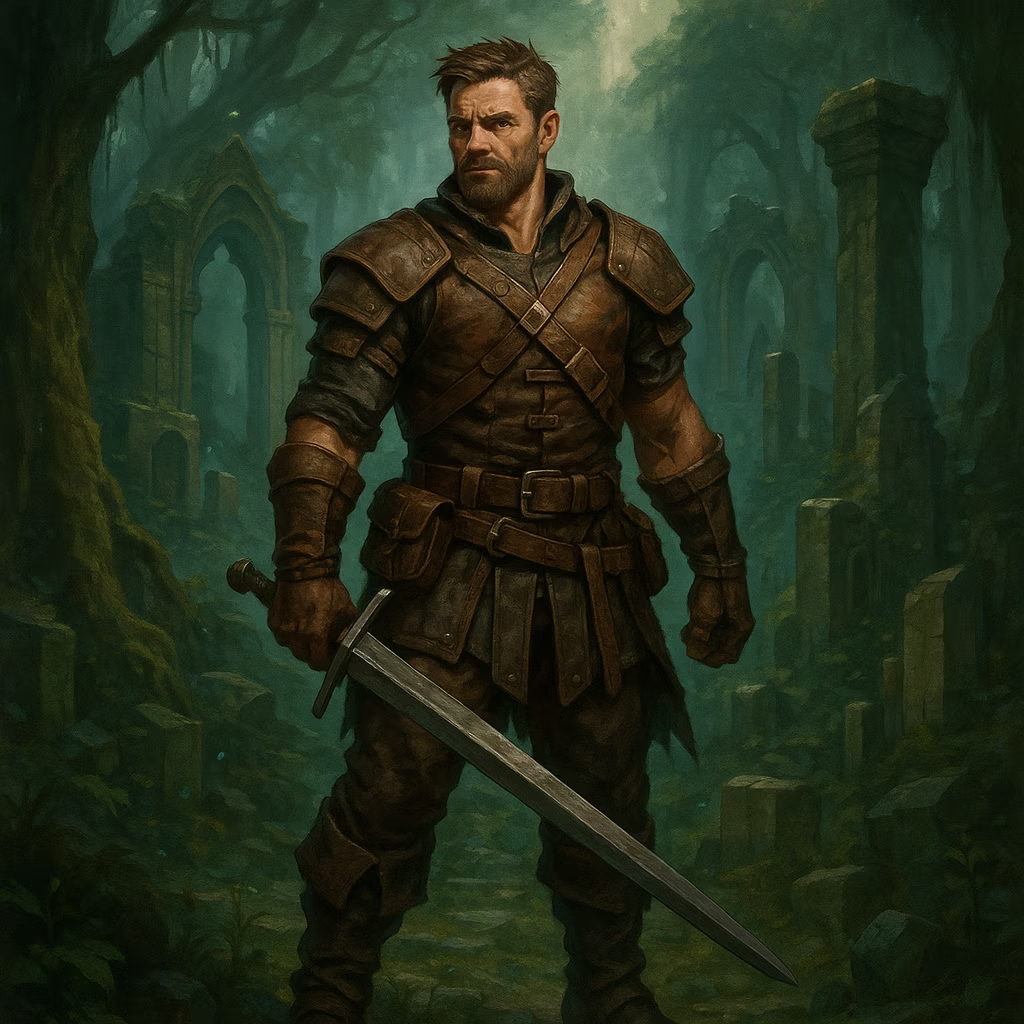The Outer Worlds 2's Stealth Revolution: Fixing Avowed's Combat Flaw
Obsidian's 2025 RPGs showcase innovative stealth mechanics, with The Outer Worlds 2 revolutionizing espionage, contrasting Avowed's limited stealth design—highlighting evolving gameplay philosophies.
Obsidian Entertainment's dual RPG releases in 2025 have sparked fascinating discussions about design priorities, particularly regarding stealth mechanics. While Avowed delivered satisfying real-time combat in its fantasy setting, its approach to stealth left many players wanting more – a gap that The Outer Worlds 2 appears poised to fill spectacularly. The studio's simultaneous development of these titles creates a unique opportunity to compare how different gameplay philosophies manifest across genres, revealing crucial insights about player agency and narrative integration in modern RPGs. Early previews indicate Obsidian has listened carefully to community feedback, reimagining stealth not as peripheral option but as core gameplay pillar in their sci-fi sequel.
Stealth Reimagined: Outer Worlds 2's Tactical Espionage
Preview footage from IGN demonstrates revolutionary stealth systems that fundamentally alter engagement dynamics.  When concealed, enemies display health bars with brilliant purple damage indicators – and most crucially – a skull icon confirming lethal potential. This elegant visual language eliminates frustrating guesswork, transforming stealth from hopeful gamble into strategic certainty. The implementation suggests point-blank stealth attacks typically guarantee instant eliminations, rewarding careful positioning and patience.
When concealed, enemies display health bars with brilliant purple damage indicators – and most crucially – a skull icon confirming lethal potential. This elegant visual language eliminates frustrating guesswork, transforming stealth from hopeful gamble into strategic certainty. The implementation suggests point-blank stealth attacks typically guarantee instant eliminations, rewarding careful positioning and patience.
More significantly, Michael Higham's hands-on impressions reveal immersive sim DNA flowing through the sequel's veins. Drawing inspiration from genre-defining titles like Deus Ex and Dishonored, these mechanics promise holistic stealth integration rather than token gestures. Imagine bypassing entire facilities through ventilation shafts, manipulating security systems, and neutralizing threats without triggering alarms – a full-spectrum espionage approach previously absent from Obsidian's repertoire. This represents not just mechanical enhancement but philosophical shift toward true player freedom.
Avowed's Stealth Shortcomings: Narrative-Mechanical Dissonance
Avowed's fantasy realms teased stealth potential yet consistently undermined it through design limitations. The rudimentary takedown system functioned merely as combat opener rather than viable alternative path. Players could dispatch isolated foes quietly, but surrounding enemies would instantly swarm, transforming careful infiltration into chaotic brawl. This created perplexing dissonance: why offer intricate dialogue trees for conflict resolution while forcing mandatory combat sequences?
The early Ygwulf mission exemplifies this frustration. Despite narrative opportunities for peaceful resolution with Paradisian rebels, players must hack through multiple combat zones before negotiation becomes possible. Such structural constraints contradict Obsidian's reputation for player agency – you can't diplomatically resolve conflicts while simultaneously slaughtering someone's comrades. The cognitive dissonance undermines both roleplaying immersion and mechanical satisfaction, making stealth feel like decorative afterthought rather than meaningful playstyle.
People Also Ask: Stealth in Modern RPGs
- Why do immersive sim elements enhance stealth gameplay?
They transform stealth from simple combat approach into systemic playground where environmental interaction, AI manipulation, and multiple solutions create emergent storytelling.
- Can stealth mechanics affect narrative outcomes?
Absolutely – non-lethal routes often unlock unique dialogue branches, alternative quest resolutions, and hidden narrative threads inaccessible through violent approaches.
- What makes pacifist runs technically challenging to implement?
Developers must design entire levels with multiple entry points, create robust AI detection alternatives, and balance non-combat skills – essentially building parallel game within the game.
Obsidian's Renaissance: Perfecting Player Agency
The studio's legendary strength lies in multifaceted problem-solving – remember convincing a guard you're inspecting security systems in Alpha Protocol? This design philosophy makes their worlds ideal for stealth integration. While creating pure pacifist experiences like Dishonored within complex RPG frameworks presents challenges, the payoff in player satisfaction justifies the effort. When you're navigating morally ambiguous sci-fi corporations, shouldn't you have options beyond guns-blazing confrontation?
The Outer Worlds 2 appears positioned to deliver precisely this harmony. Early glimpses suggest stealth won't merely supplement combat but enable entirely new playstyles: corporate espionage specialists who manipulate systems rather than people, ghost operatives who leave no digital or physical traces, or silver-tongued infiltrators combining persuasion with precision takedowns. Such diversity aligns perfectly with Obsidian's player-choice legacy while advancing immersive sim principles into the RPG mainstream.
Future Perspectives: Beyond Binary Combat
Watching Obsidian iterate between franchises sparks optimism for RPG evolution. My personal hope? That The Outer Worlds 2 establishes new industry benchmarks where stealth isn't isolated mechanic but narrative conductor – where avoiding combat feels as deliberately designed and emotionally resonant as epic boss battles. The true potential lies beyond simple pacifist runs toward systemic integration: imagine dynamically evolving enemy protocols after undetected infiltrations, or factions altering security measures based on your stealth reputation. This represents the thrilling frontier where mechanical depth and storytelling converge.
Perhaps Avowed's limitations were necessary sacrifices that paved way for The Outer Worlds 2's innovations. In 2025's RPG landscape, players increasingly demand coherence between their chosen playstyle and narrative consequences – a challenge Obsidian seems ready to embrace fully. The studio's two-track development approach might just yield something extraordinary: complementary games demonstrating different facets of player agency, with stealth finally receiving its deserved spotlight.
